Optimal Timing for Concrete Repairs

Spring offers moderate temperatures ideal for concrete repair work, reducing the risk of cracking caused by extreme weather.

Summer provides warm weather and longer daylight hours, facilitating efficient concrete curing and repair processes.

Fall's cooler temperatures help in completing repairs before winter, preventing damage from freeze-thaw cycles.

Ways to make Concrete Repairs work in tight or awkward layouts.

Popular materials for Concrete Repairs and why they hold up over time.

Simple add-ons that improve Concrete Repairs without blowing the budget.

High-end options that actually feel worth it for Concrete Repairs.
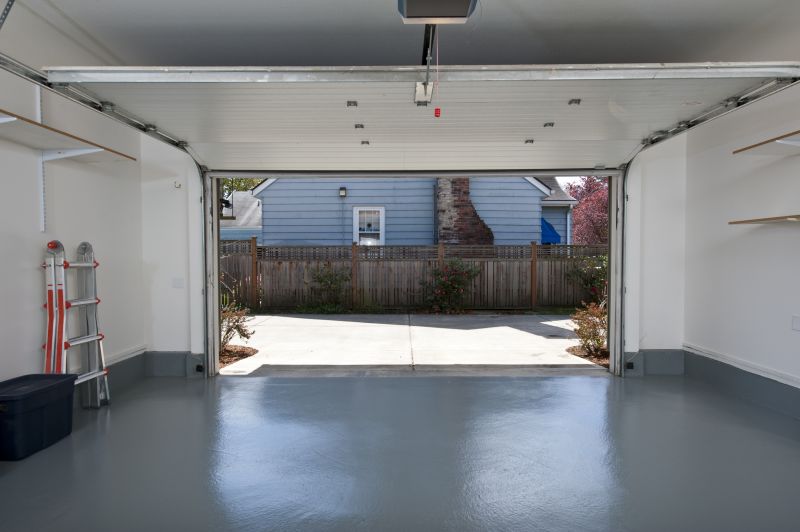
Finishes and colors that play nicely with Concrete Repairs.
Concrete repairs are essential for maintaining the durability and safety of structures. Proper timing ensures that repairs last longer and are more effective. The optimal time for concrete repairs depends on weather conditions, primarily temperature and humidity levels. In general, moderate temperatures between 50°F and 85°F are ideal, as they promote proper curing without the risk of rapid drying or freezing. Repairing concrete during extreme cold or hot weather can lead to issues such as cracking, improper curing, or reduced adhesion.
Statistics indicate that approximately 60% of concrete failures are related to environmental factors, emphasizing the importance of scheduling repairs during suitable weather conditions. Spring and fall are typically preferred due to milder temperatures, while summer repairs require precautions against rapid drying. Planning repairs during these periods can extend the lifespan of the concrete and reduce the need for future repairs.
Temperature fluctuations can cause concrete to expand or contract, leading to cracks if repairs are not timed properly.
Cracks, spalling, and uneven surfaces are indicators that concrete repairs should be scheduled promptly.
Surface patching is ideal in warmer months, while sealing and crack filling are best during cooler periods.
Cold weather repairs require special mixes and procedures to prevent freeze-thaw damage.
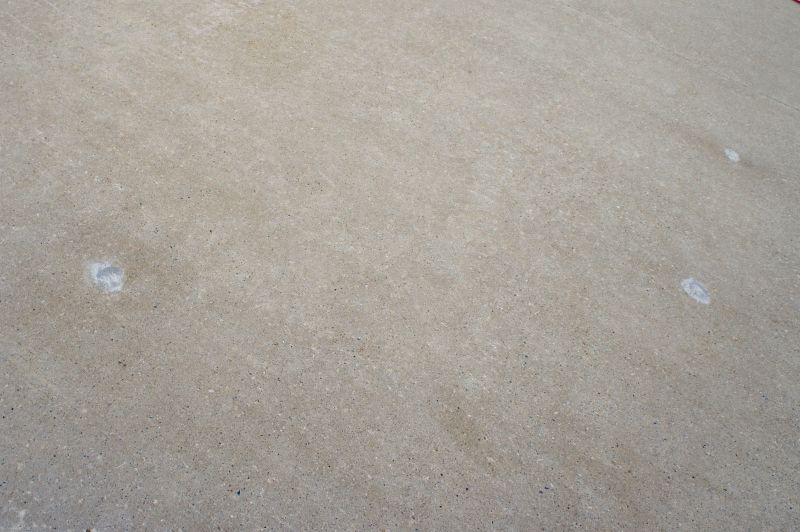
Springtime repairs benefit from mild temperatures and increased moisture levels.
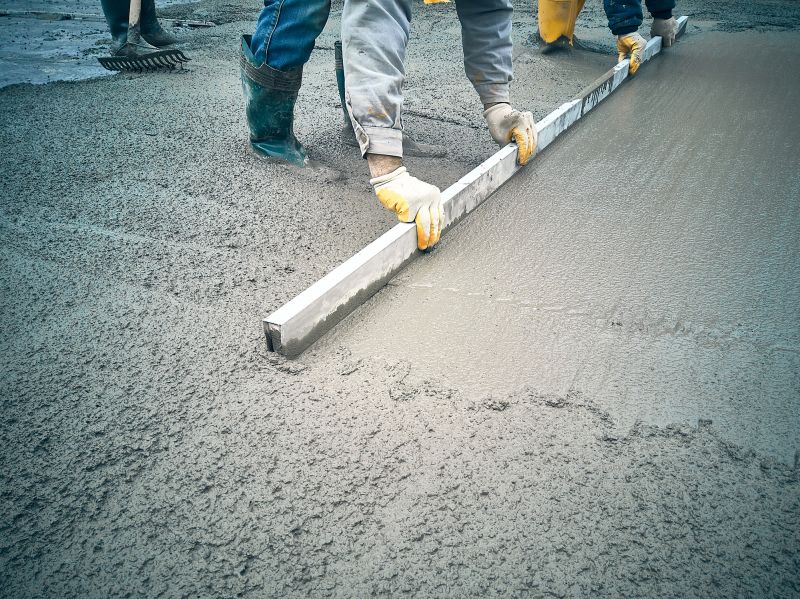
Summer repairs require measures to control rapid drying and temperature fluctuations.
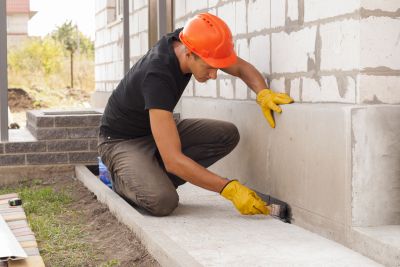
Fall is suitable for completing repairs before winter, avoiding freeze-thaw damage.
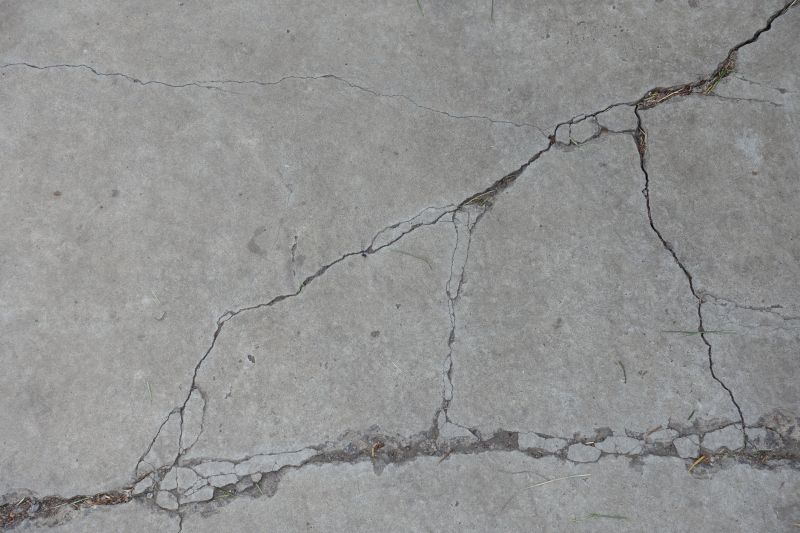
Specialized mixes and heating techniques are used to ensure proper curing in cold temperatures.
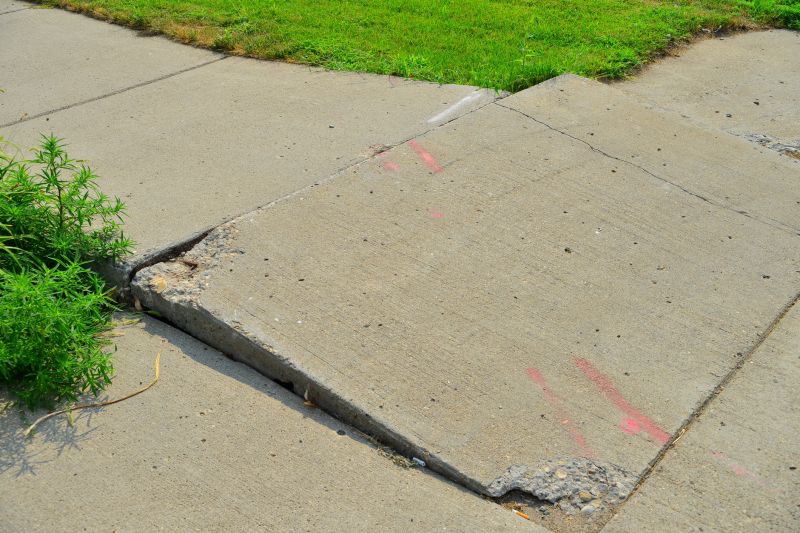
Shading, watering, and timing repairs during cooler parts of the day help prevent cracks.

Scheduling regular inspections and minor repairs during favorable weather extends concrete lifespan.
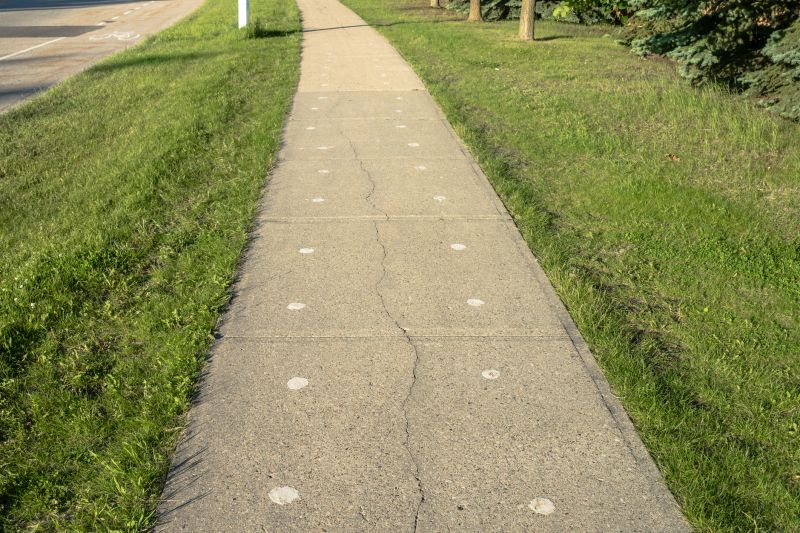
Understanding seasonal impacts aids in planning effective concrete maintenance schedules.
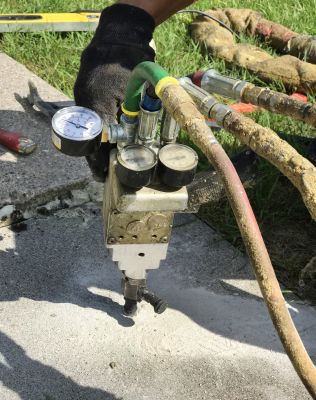
Tools and materials are selected based on seasonal weather conditions for best results.
| Season | Recommended Repair Activities |
|---|---|
| Spring | Surface patching, sealing, crack filling |
| Summer | Structural repairs, sealing, crack prevention |
| Fall | Preparation for winter, sealing, crack filling |
| Winter | Limited repairs, focus on prevention, use of cold-weather mixes |
| Late Fall | Final repairs before freeze-thaw cycles |
| Early Spring | Assess damage, begin repairs as weather permits |
| Mid Summer | Addressing heat-related cracking |
| Late Summer | Final sealing and crack repairs |
Choosing the right time for concrete repairs is crucial for ensuring long-lasting results. Weather conditions such as temperature, humidity, and precipitation directly influence the curing process and adhesion quality. Repairing during mild weather minimizes the risk of cracks and surface failures. Proper planning and seasonal awareness can significantly reduce repair costs and improve the durability of the concrete structure.
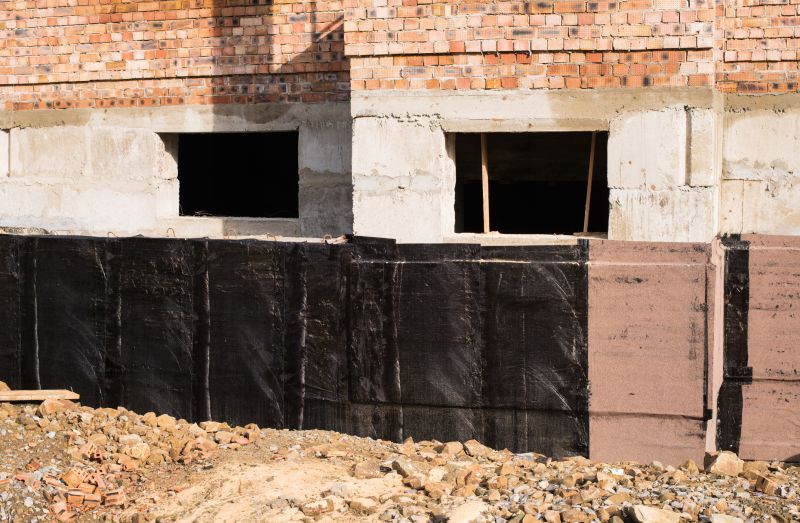
Proper timing ensures effective repair and long-term durability.
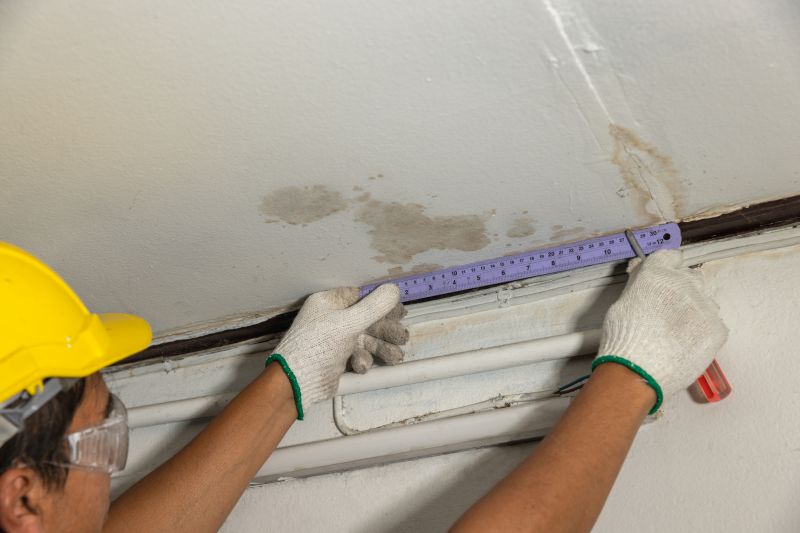
Scheduling repairs during suitable weather conditions enhances outcomes.
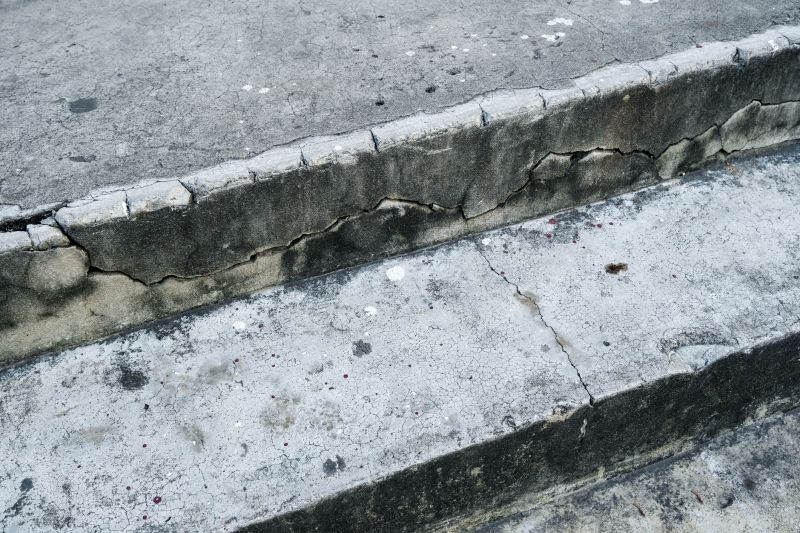
Optimal temperatures support proper curing and adhesion.
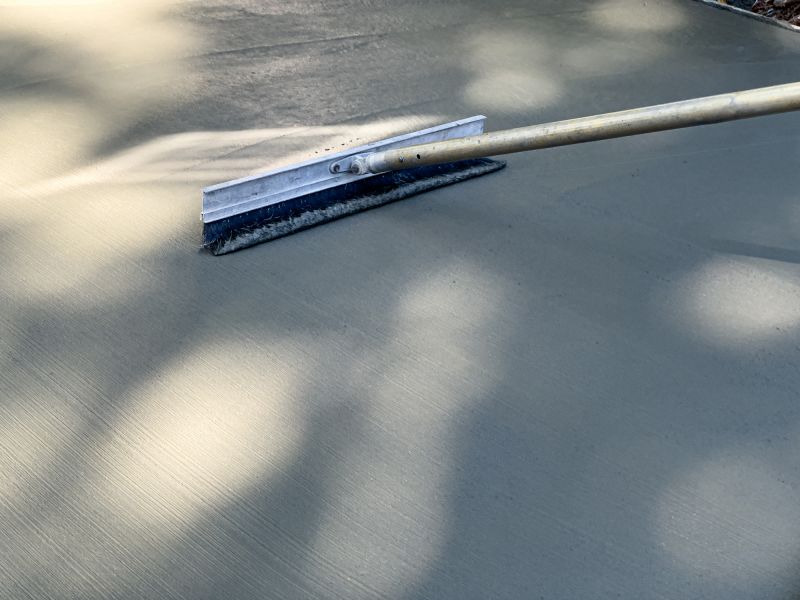
Using the right tools during favorable weather improves repair quality.
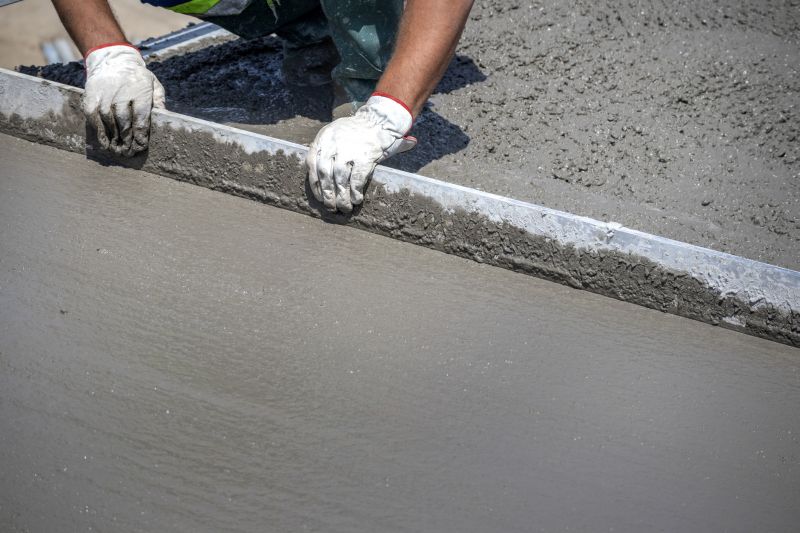
A 60-second routine that keeps Concrete Repairs looking new.
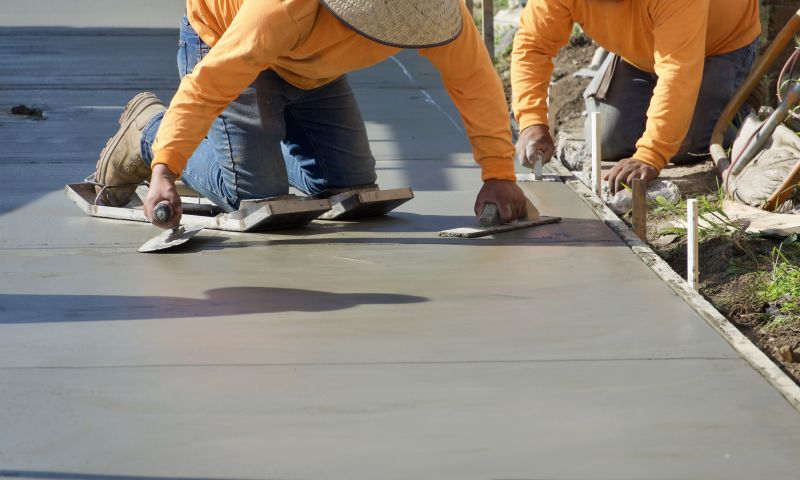
A frequent mistake in Concrete Repairs and how to dodge it.
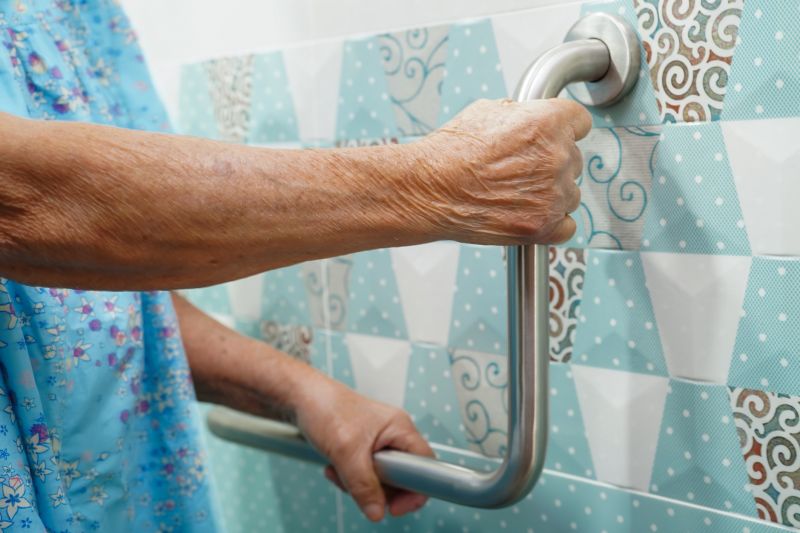
Small tweaks to make Concrete Repairs safer and easier to use.
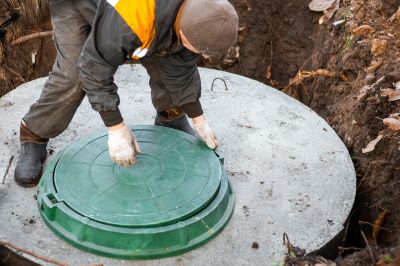
Lower-waste or water-saving choices for Concrete Repairs.
Interested in concrete repairs? Filling out the contact form can provide additional guidance and schedule a consultation to address specific needs. Proper timing and planning are essential for achieving the best results in concrete maintenance and repair projects.
